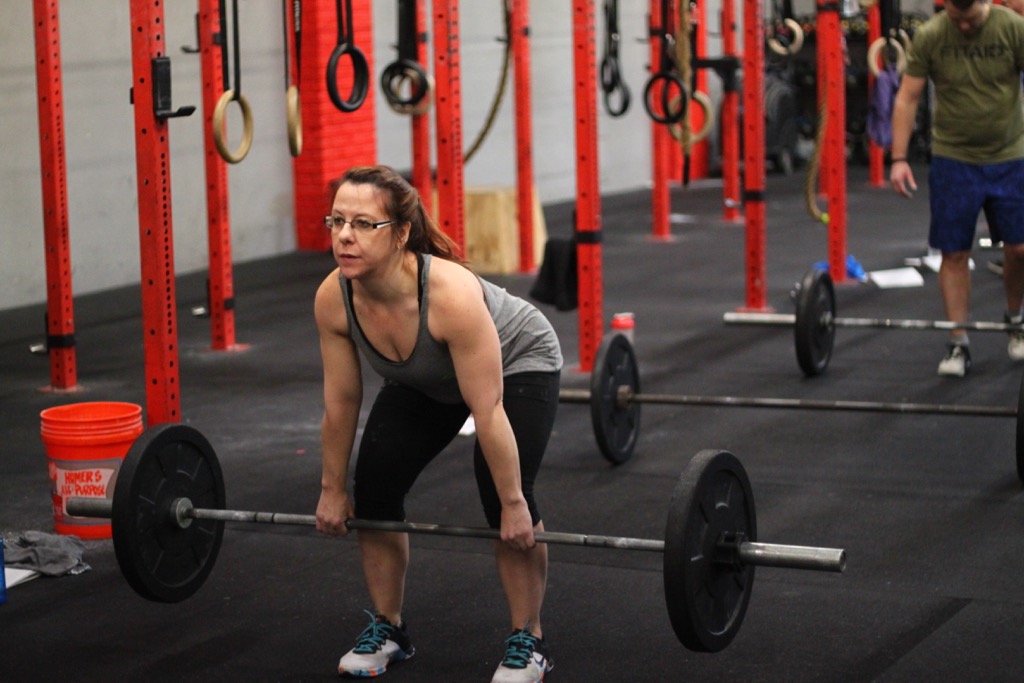One of the most common exercises for creating a bigger and stronger back is the bent over barbell row. However, it is simple to cheat and take advantage of momentum. Especially if you’re lifting a lot of weight.
The Pendlay row, on the other hand, makes cheating much more difficult. As a result, it can assist you in increasing your strength and developing a larger back.
In this tutorial, I demonstrate how to properly perform a Pendlay row. And they’ll show you how to do a variety of exercises using whatever gym equipment you have.
What Is A Pendlay Row?
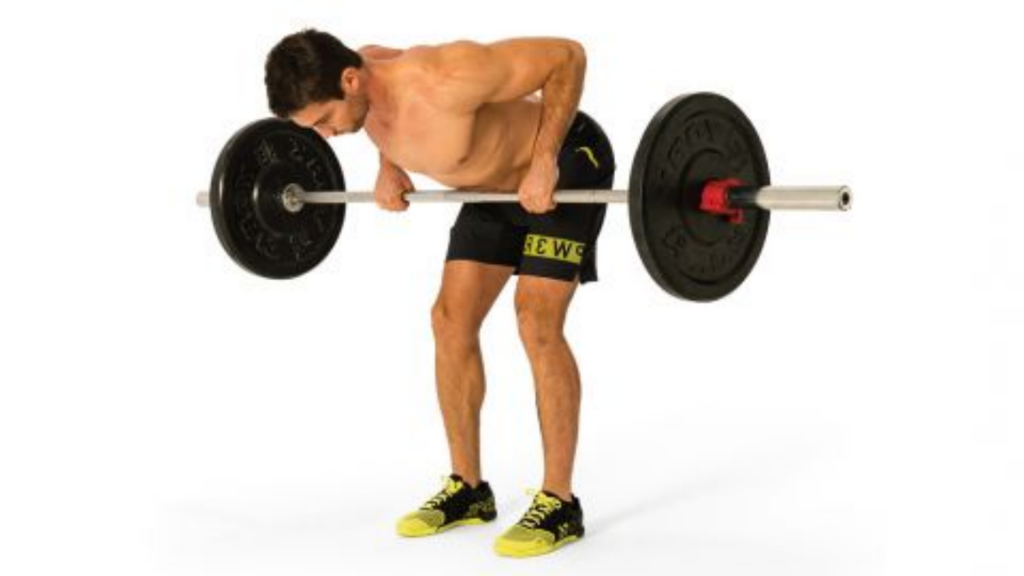
The Pendlay row is a back workout that is similar to the traditional barbell row. Glenn Pendlay, a US Olympic weightlifting coach, created it first.
The Pendlay row is distinguished by the fact that the upper body is nearly parallel to the floor. Another interesting feature is that each rep begins on the floor.
The goal of this posture is to activate as many back muscles as possible. Improve your explosive power off the ground for other Olympic lifts as well.
Pendlay Row Muscles Worked
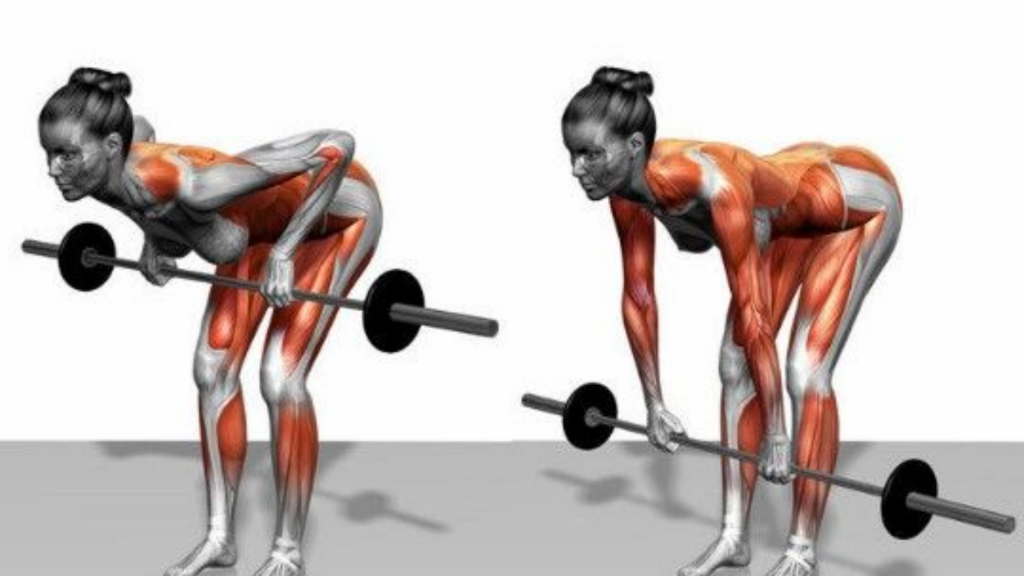
The latissimus dorsi, or lats, is the primary muscle group engaged in the Pendlay row. Furthermore, the shoulder blade muscles are substantially implicated in this movement. Rhomboids and teres major/minor are included.
Because this is a complex exercise, both the shoulder and elbow joints are moved. As a result, the biceps and posterior delts are also recruited.
Pendlay Row vs Bent Over Barbell Row
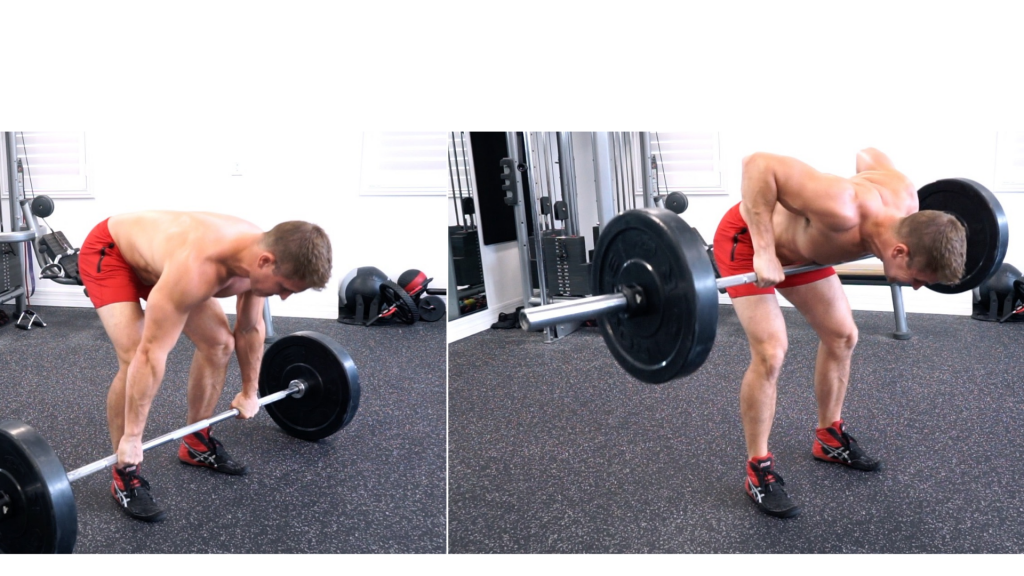
The beginning position is the main difference between a bent over barbell row and a Pendlay row. You should begin the barbell row with the bar directly below your knees. This means your torso is at a 45-degree angle to the floor.
A Pendlay row, on the other hand, begins on the floor. As a result, you’ll have to bend further forward to grip the bar. As a result, your torso angle is nearly 0 degrees, or parallel to the ground.
Each rep begins on the floor, reducing the momentum generated by your legs and upper body as you initiate the exercise. As a result, the back muscles will have to work harder.
Another distinction between the bent-over and Pendlay rows is how the bar is pulled. Pull the bar up and back towards your belly button for a conventional barbell row.
During a Pendlay row, you bring the bar straight up near your sternum. As a result, the Pendlay row causes your elbows to flare out significantly more than a barbell row.
While these changes may appear minor, they have an impact on the movement’s mechanics. And put greater emphasis on the upper lats, rhomboids, and teres muscles.
Pendlay Row Benefits & Limitations
The Pendlay row has some benefits over traditional barbell rows. The main point is that you can’t use momentum to your advantage. This places a greater emphasis on the back’s target muscles.
However, removing momentum necessitates the usage of lesser weight. As a result, there’s a trade-off to be made between isolation and load.
Also, if you’re tall or using little plates, your back may begin to round as you reach down deeper towards the floor.
Pros:
- Reduces momentum by a significant amount (cheating)
- Legs and lower back involvement are reduced.
- The upper lats and shoulder blades are worked more.
- Increases the movement’s explosive power at the onset.
Cons:
- You’ll be in a less athletic body position as a result of this.
- Lifting excessive weight to overburden the lats is not recommended.
- For taller persons or when utilising small plates, maintaining a flat back can be difficult.
Pendlay rows are no better than hunched over rows at the end of the day. They’re simply a different type of exercise you might utilise to achieve certain goals or mix up your fitness routine.
How To Do A Pendlay Row
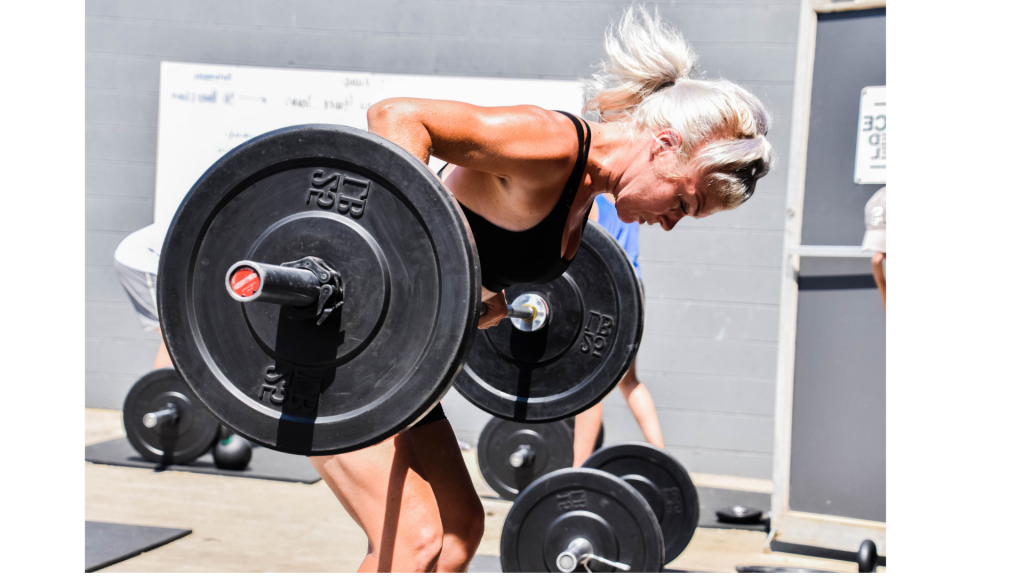
Step up to the bar with your feet about shoulder-width apart before starting the lift. Bend forward and grab the bar at about shoulder width.
Your knees should be slightly bent in the starting position. Your back should be reasonably straight, and your eyes should be staring down at the ground.
Pull the bar straight up from the floor towards your sternum from here. Your elbows should stretch out to the sides at about a 45-degree angle to your torso as you pull.
Step-by-step directions:
- Step up to the bar with your feet slightly wider than shoulder width apart.
- With an overhand grasp about outside shoulder width, grab the bar.
- Slightly bend your knees so that your back is parallel to the ground.
- Pull the bar all the way up to your sternum.
- Before the following rep, lower the bar to the floor and let it stop.
- Rep until you’ve completed the required number of reps.
Pendlay Row Form
The images above should give you a decent understanding of how to properly complete this exercise. However, there are a few more dos and don’ts for the perfect Pendlay row form.
Do’s:
- Throughout the action, try to keep your back flat.
- Throughout the exercise, try to keep your knees bent at about the same angle.
- At or just below nipple level, the bar should touch your chest.
Don’ts:
- Make an effort not to arch your back.
- To lift the weight, do not force or push via your legs.
- Keep the bar from bouncing off the floor (start from a dead stop each rep)
Pendlay Row Variations
You might not have a free weight barbell if you go to a gym like Planet Fitness. You might simply have dumbbells or kettlebells in your home gym. So here are a few Pendlay row variations that you may execute with various pieces of equipment.
Smith Machine Pendlay Row

A Smith machine is a machine designed by Smith. Pendlay row should be done in the same way as the barbell variation. The main difference is that because of the guide rails, the bar moves in a defined course.
Some Smith machine bars move on inclined tracks, making a straight Pendlay row more difficult. This exercise should be done on a Smith machine with a straight up and down route.
Dumbbell Pendlay Row
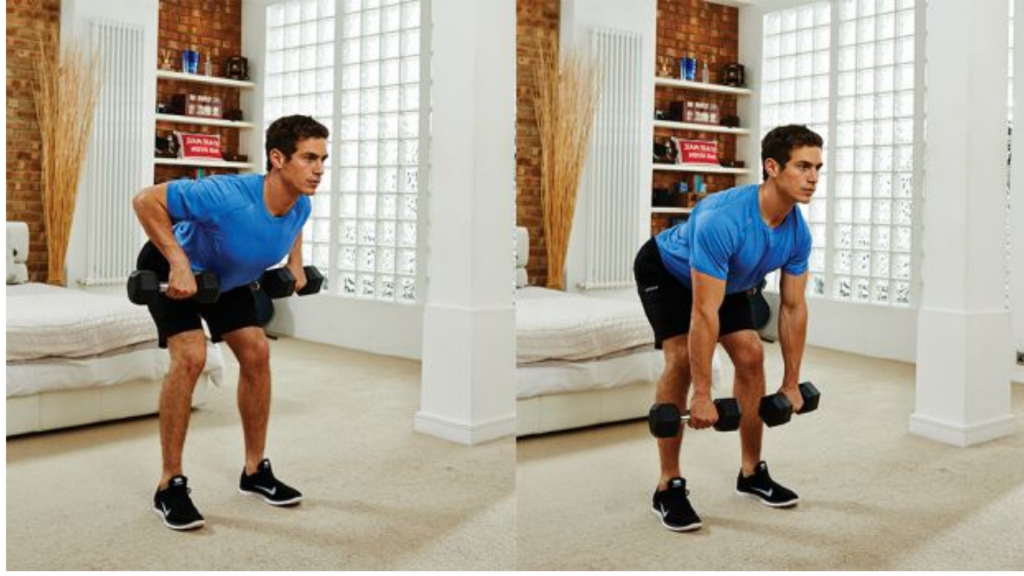
Dumbbells can also be used to perform the Pendlay row. One benefit is that each arm is required to work independently. As a result, you’ll hire more stabilisers.
If you’ve never done this exercise before, you might find it more difficult using dumbbells because you have to control two weights instead of one. Also, because of the tiny diameter of dumbbells, you must bend forward further at first.
Kettlebell Pendaly Row
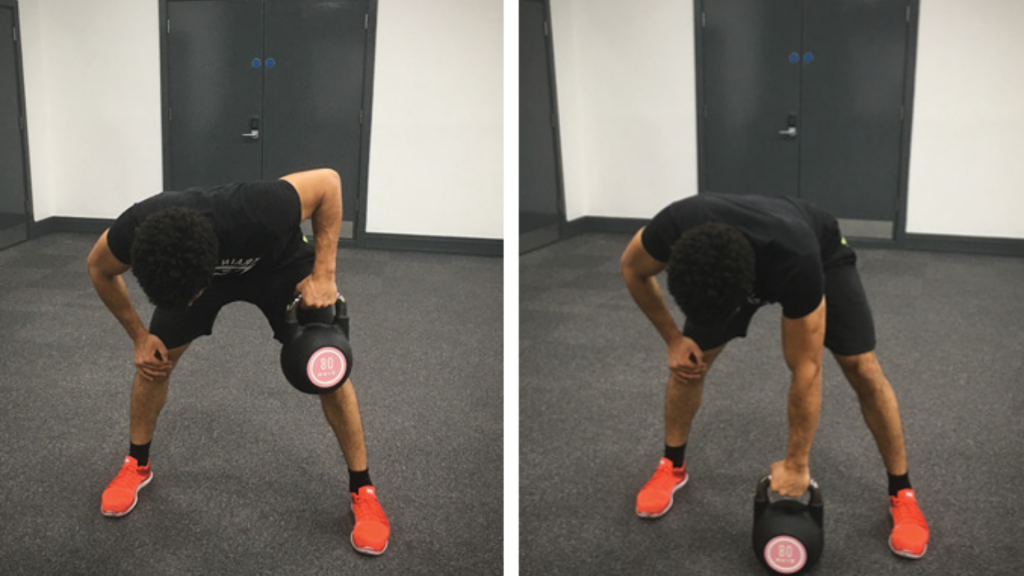
In comparison to dumbbells, kettlebells have handles that are a little higher off the ground. It is therefore easier to get your body into the right beginning posture if you have this equipment.
Pendlay Row Alternatives
If you’re having trouble learning the Pendlay row technique, start with some more familiar back movements. You can try again once you’ve gained the necessary strength and confidence.
Hypertrophy Training Program
The Pendlay row is an excellent workout for increasing power and targeting certain back muscles. However, if you truly want to achieve your exercise goals, you’ll need a comprehensive muscle-building resistance training programme.

